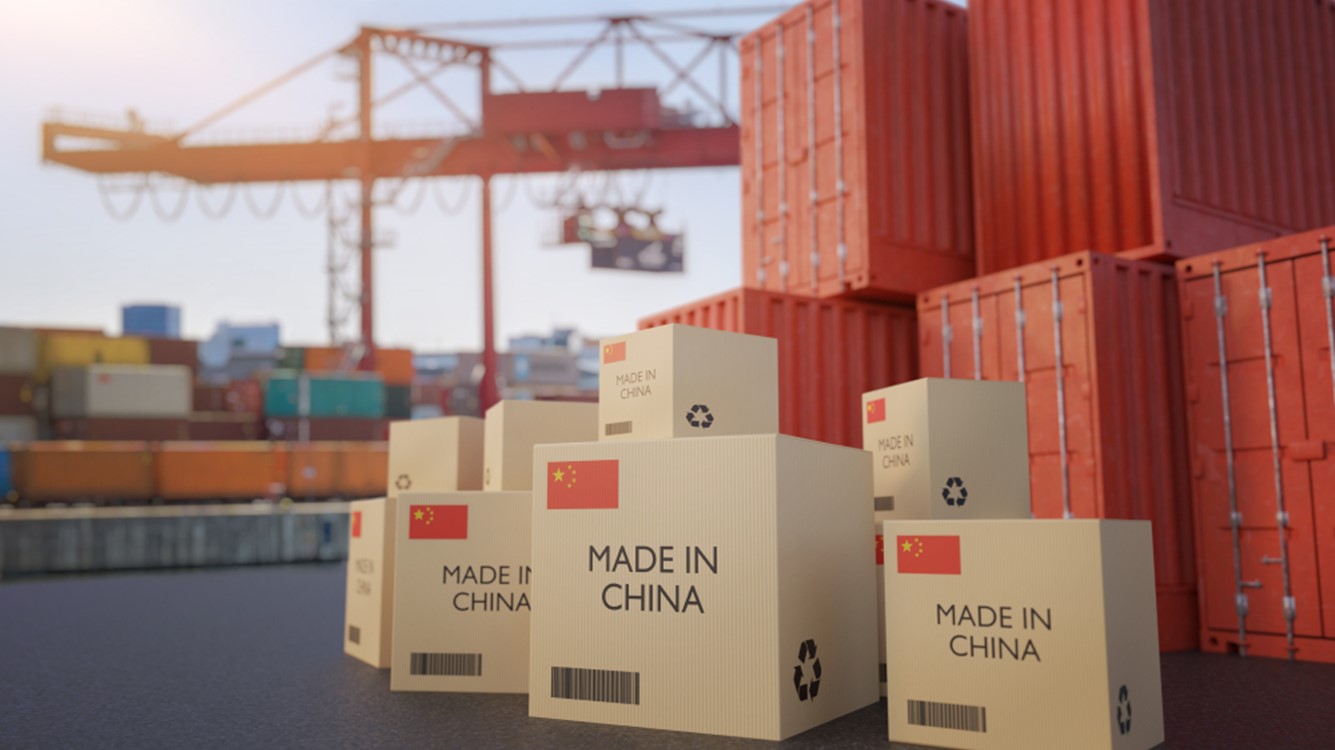Imports soared as firms hedged threats of port strikes and tariffs
Autos bucked the trend.

February 5, 2025
The US trade deficit widened to $98.4 billion in December, a 24.7% increase from November. That is the second-highest reading on record behind March 2022.
Importers hedged against a potential port strike (now averted), while others stocked up ahead of anticipated tariffs. That caused a surge in container shipping prices at the end of the year. The deficit increased 17% year-over-year.
Imports rose 3.5% on goods and services. Imports of industrial supplies for manufacturers increased $10.8 billion alone, with 90% coming from finished metals such as iron and steel. Those products were expected to be highly susceptible to new tariffs and retaliatory measures by our trading partners. Prices for steel and aluminum have already started to increase, which underscores the self-fulfilling aspect of tariffs on inflation.
Imports of production materials such as crude oil and copper also jumped. Capital goods such as computers and accessories, industrial and aircraft engines and telecommunications equipment posted solid gains.
The second largest increase in imports showed up in consumer goods, up $2.2 billion. Gains were fairly broad-based with notable strength in toys and games, cell phones, household appliances and other household goods.
One area of weakness in imports was passenger cars and other motor vehicle parts, in spite of rebuilding inventories following the hurricanes. Motor vehicle dealers have been draining inventories, which slipped 1.2% in December. December broke records for travel; imports of transportation services and travel services surged $1 billion in December.
Exports fell 2.6% as a strong dollar and weak growth abroad continued to weigh on demand. Consumer goods exports declined by $1.8 billion on pharmaceutical preparations; industrial supplies lost ground by $1.8 billion on broad-based declines in energy goods, fertilizers and metals; capital goods fell $1.4 billion with automotives losing $900 million.
The December report includes annual statistics on trade by partner country. The overall goods and services deficit moved up $133.5 billion in 2024. Deficits with the EU and Taiwan accounted for $53 billion, a shift from 2021-2023 when North American and Southeastern Asian trade were the main contributors to the deficit. After two years of narrowing, the deficit with China widened again. That was likely due to hedging ahead of tariffs.
Long-run factors such as weaker growth abroad and a strong dollar are likely to continue to weigh on exporters.

Meagan Schoenberger
KPMG Senior Economist
Bottom Line
Anticipated supply chain disruptions in early 2025 boosted the trade deficit in December. We expect to see continued hedging evident in the new year's data. That will taper later in the year as clarity on trade policy is expected to emerge. Long-run factors such as weaker growth abroad and a strong dollar are likely to continue to weigh on exporters for some time to come.
Explore more

Trade deficit boomerangs
Watch temporary factors: port negotiations, hurricanes and potential tariffs.

KPMG Economics
A source for unbiased economic intelligence to help improve strategic decision-making.

Trade deficit narrows after pre-tariff surge in imports
The economy looks like it expanded at a 3.0% pace in Q3.
Subscribe to insights from KPMG Economics
KPMG Economics distributes a wide selection of insight and analysis to help businesses make informed decisions.
Meet our team
